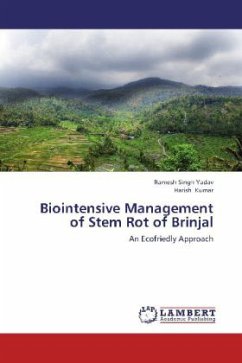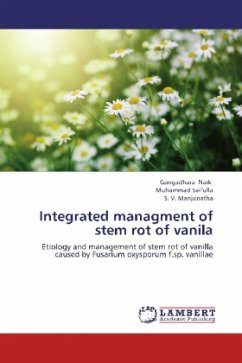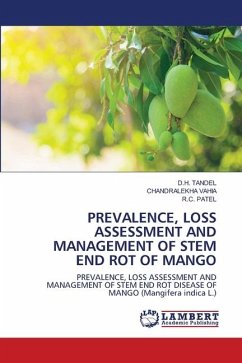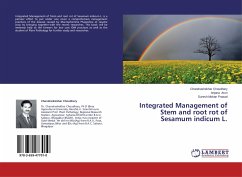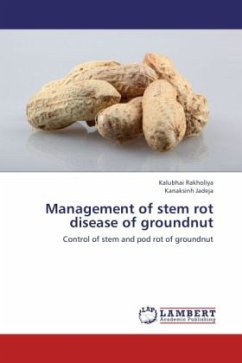Stem rot of brinjal caused by Sclerotinia sclerotiorum (Lib.) de Bary is one of the most important disease of the crop. The symptoms caused by S. sclerotiorum first appear on stems when the plants were about flowering stage in the month of Jan.-Feb. and the temperature lies between 15-200 C, the affected parts of the stems become water soaked, turn brown and finally straw colored, followed by appearance of thick white mycelial mat on the affected surface and discoloration of the underlying tissues at the soil level. During integrated management the maximum disease incidence was reduced with the treatment F.Y.M. @ 8.0 tonnes/hectare + Trichoderma harzianum @ 5 kg /hectare (58.99 per cent), followed by F.Y.M. @ 8.0 tonnes / + T. harzianum @ 2.5 kg/ha. + mycchorrhiza TERI @ 2.5 kg/ha, resulted reduced the disease incidence (50.21 %) and also increased in yield, 36.42 per cent and 30.05 per cent respectively.

